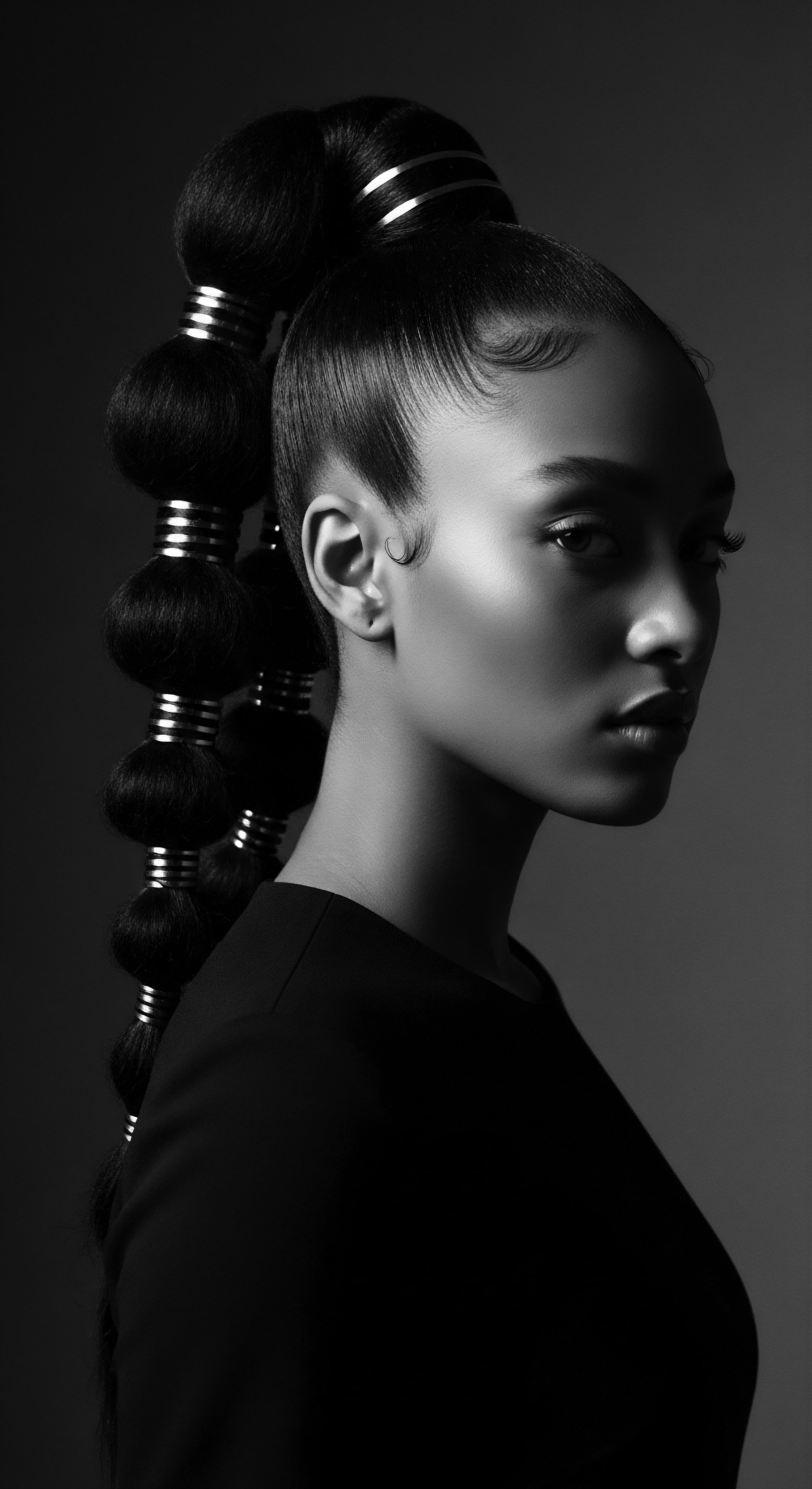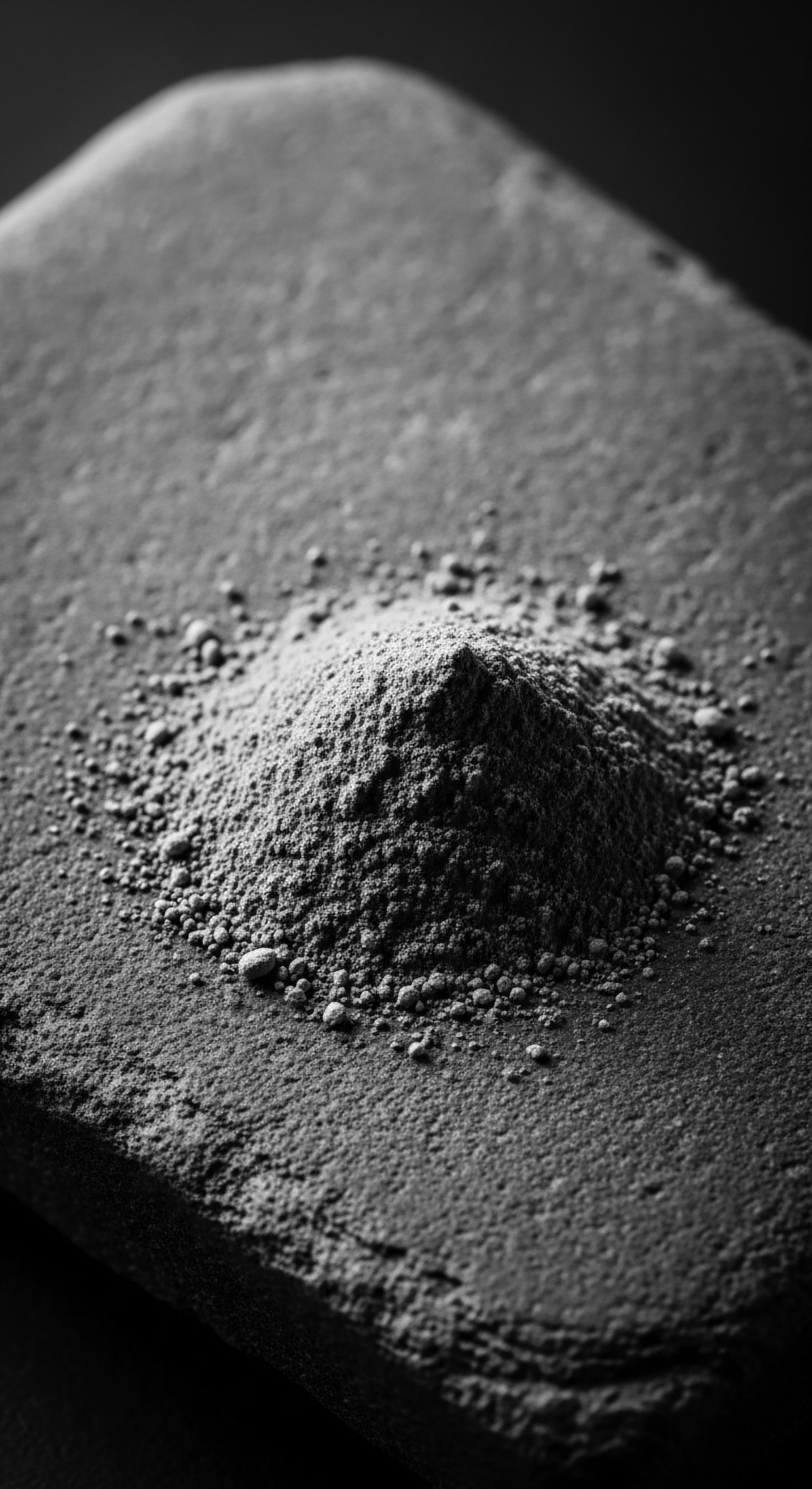
What ancestral ingredients informed early textured hair care?
Ancestral ingredients for textured hair care, sourced from indigenous plants and earths, deeply moisturized and protected strands, forging a heritage of holistic wellness.
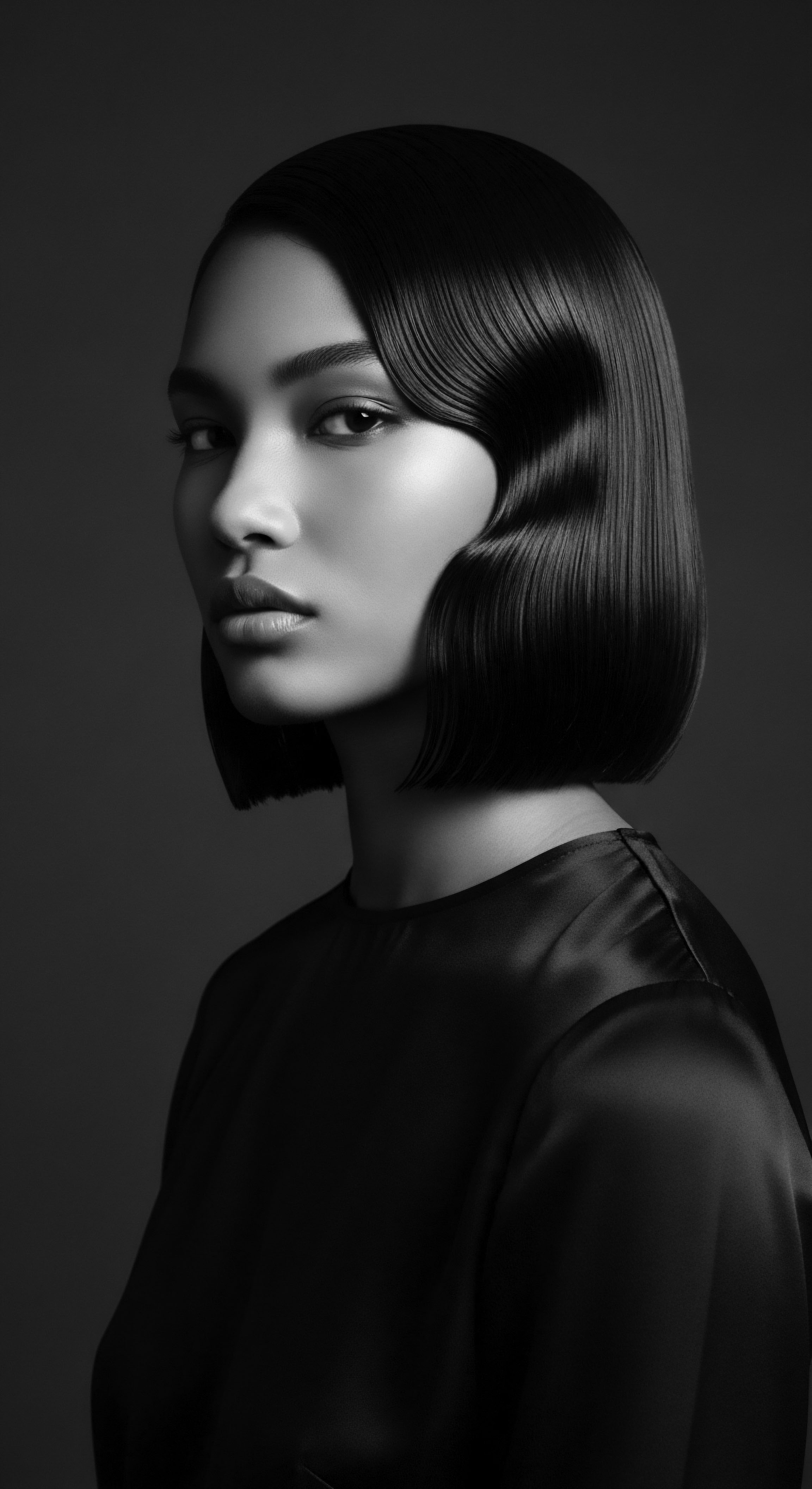
Why did ancestors use natural oils for textured hair?
Ancestors used natural oils for textured hair to provide essential moisture, protection, and cultural expression.

What traditional tools aided textured hair preservation?
Traditional tools for textured hair preservation are rooted in ancestral wisdom, spanning combs, wraps, and natural preparations.
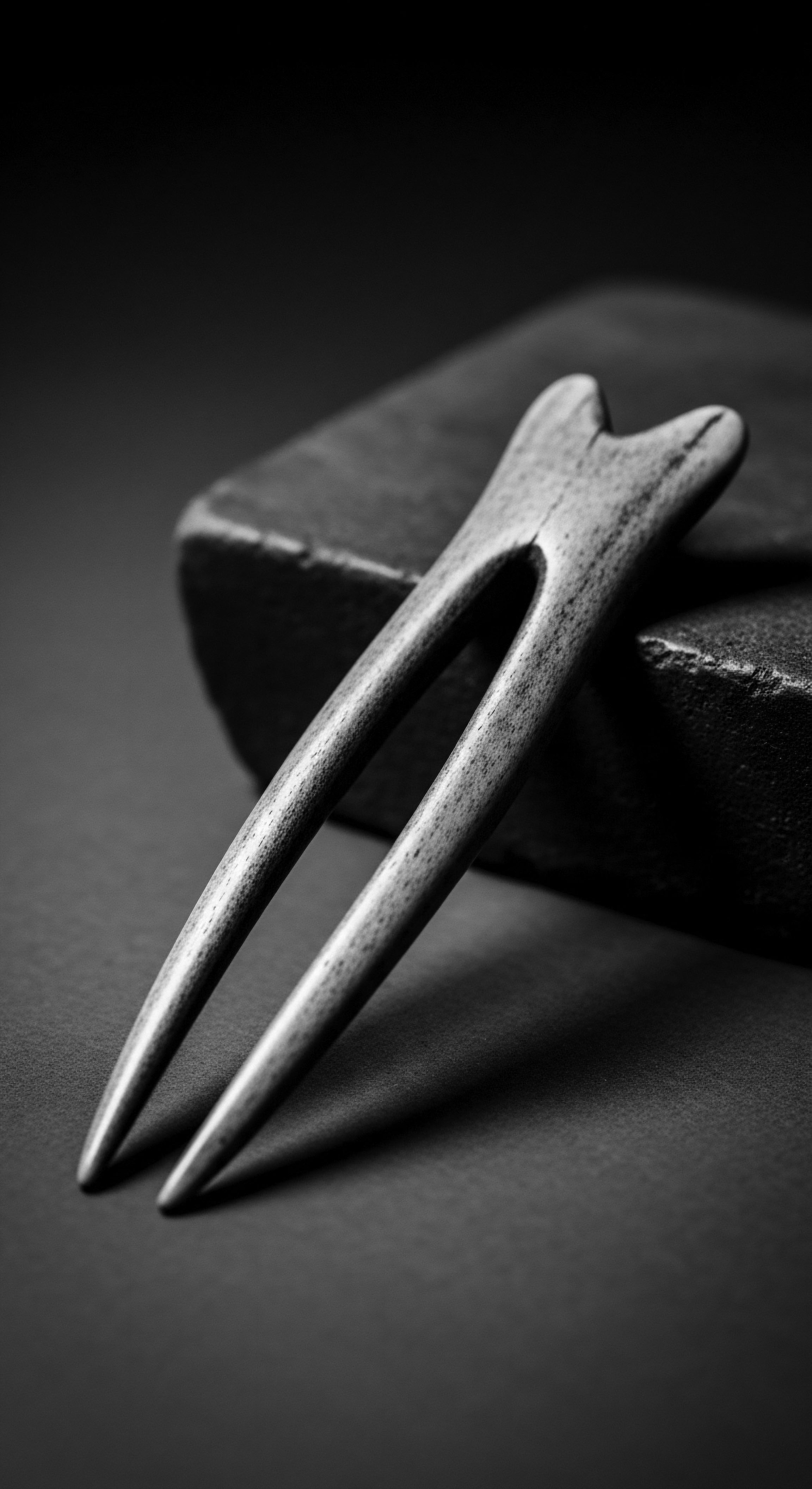
Can ancient Polynesian hair rituals teach modern textured hair care practices?
Ancient Polynesian hair rituals, rooted in natural elements and community care, provide timeless lessons for modern textured hair care, honoring ancestral wisdom.
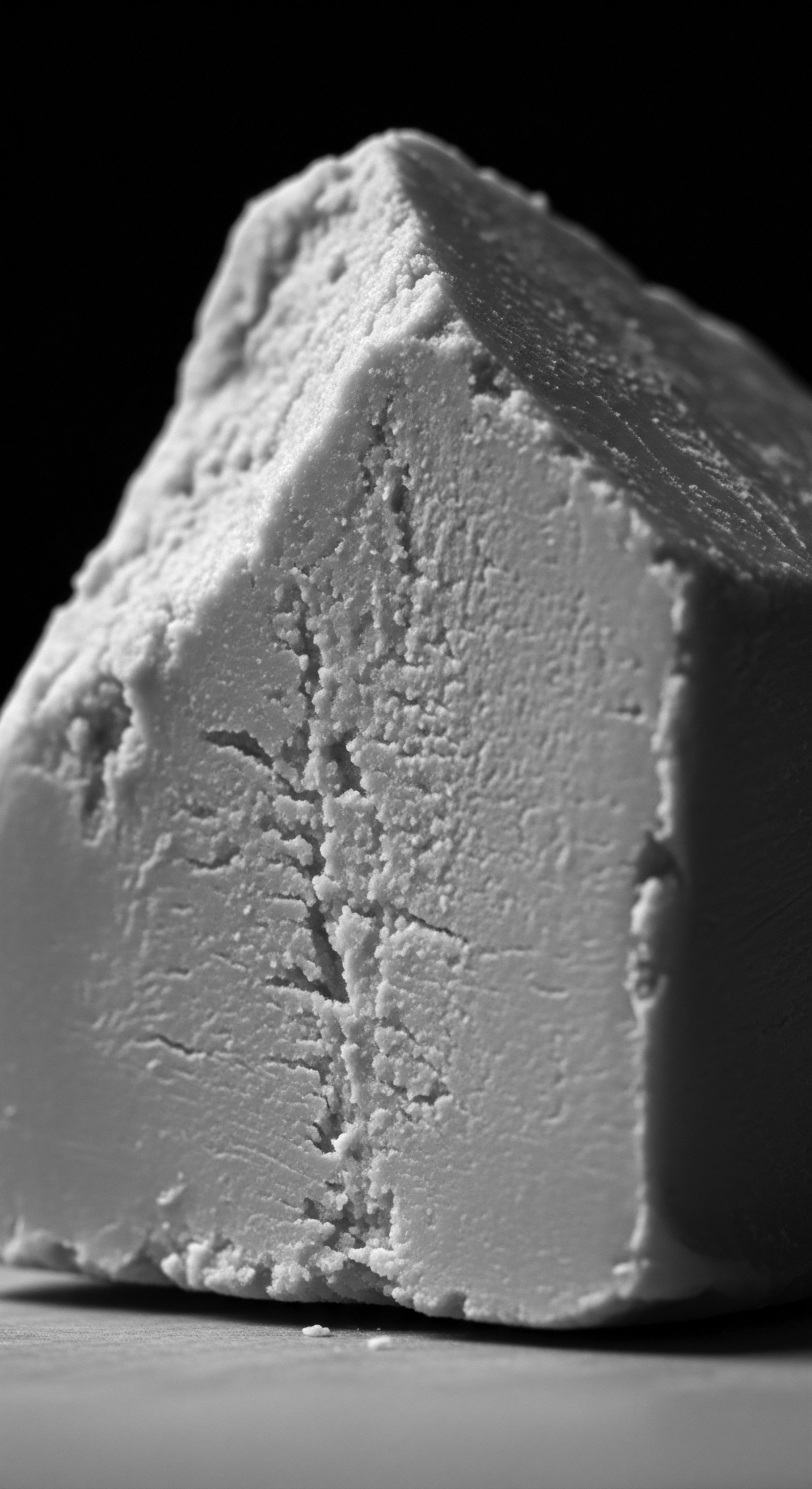
What botanical elements from ancient landscapes aided textured hair resilience?
Ancient landscapes provided botanical allies like shea butter, chebe powder, and aloe vera, profoundly aiding textured hair resilience through ancestral practices.
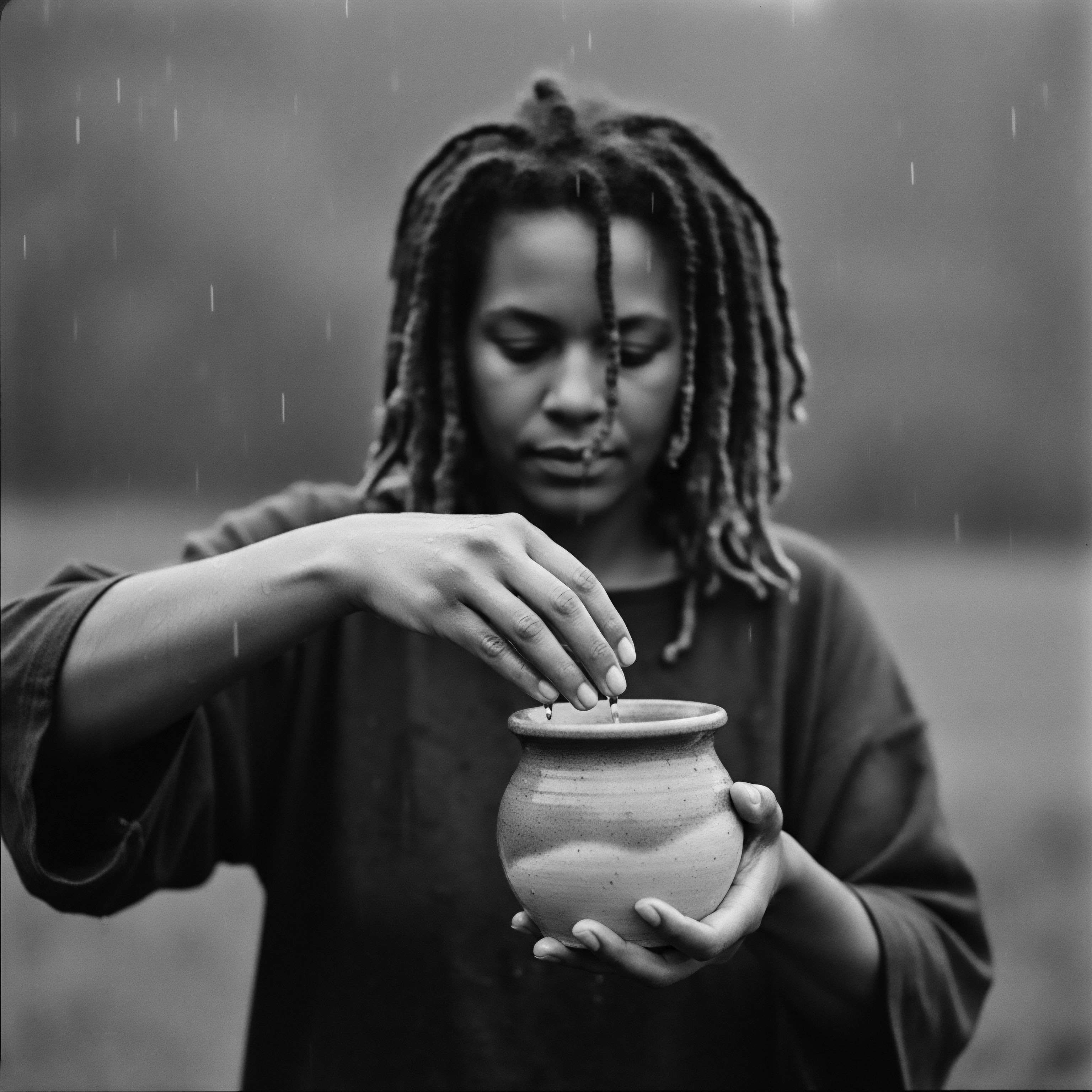
How do ancestral traditions inform current textured hair regimens?
Ancestral traditions shape textured hair regimens by providing fundamental care principles, cultural meaning, and natural ingredient knowledge.

In what ways do modern textured hair rituals mirror historical customs?
Modern textured hair rituals directly mirror historical customs through a continuous lineage of care, style, and identity preservation.

Can ancient hair wisdom inform modern textured hair products?
Ancient hair wisdom offers profound insights into protective care and natural ingredients, deeply informing modern textured hair product heritage.
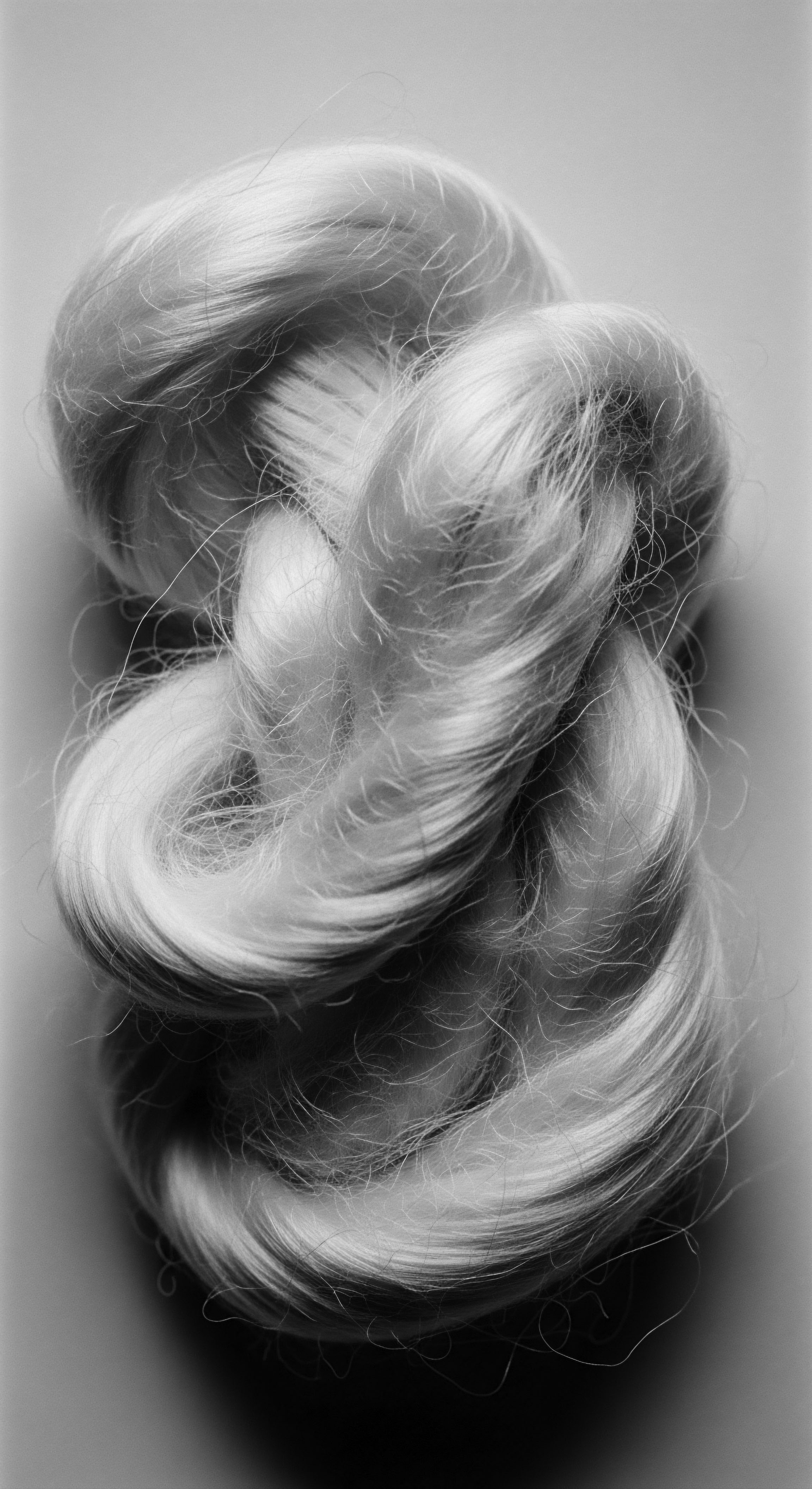
How did historical hair practices influence today’s textured hair care?
Historical hair practices, rooted in ancestral wisdom, profoundly influence modern textured hair care by providing foundational techniques, community values, and cultural significance.
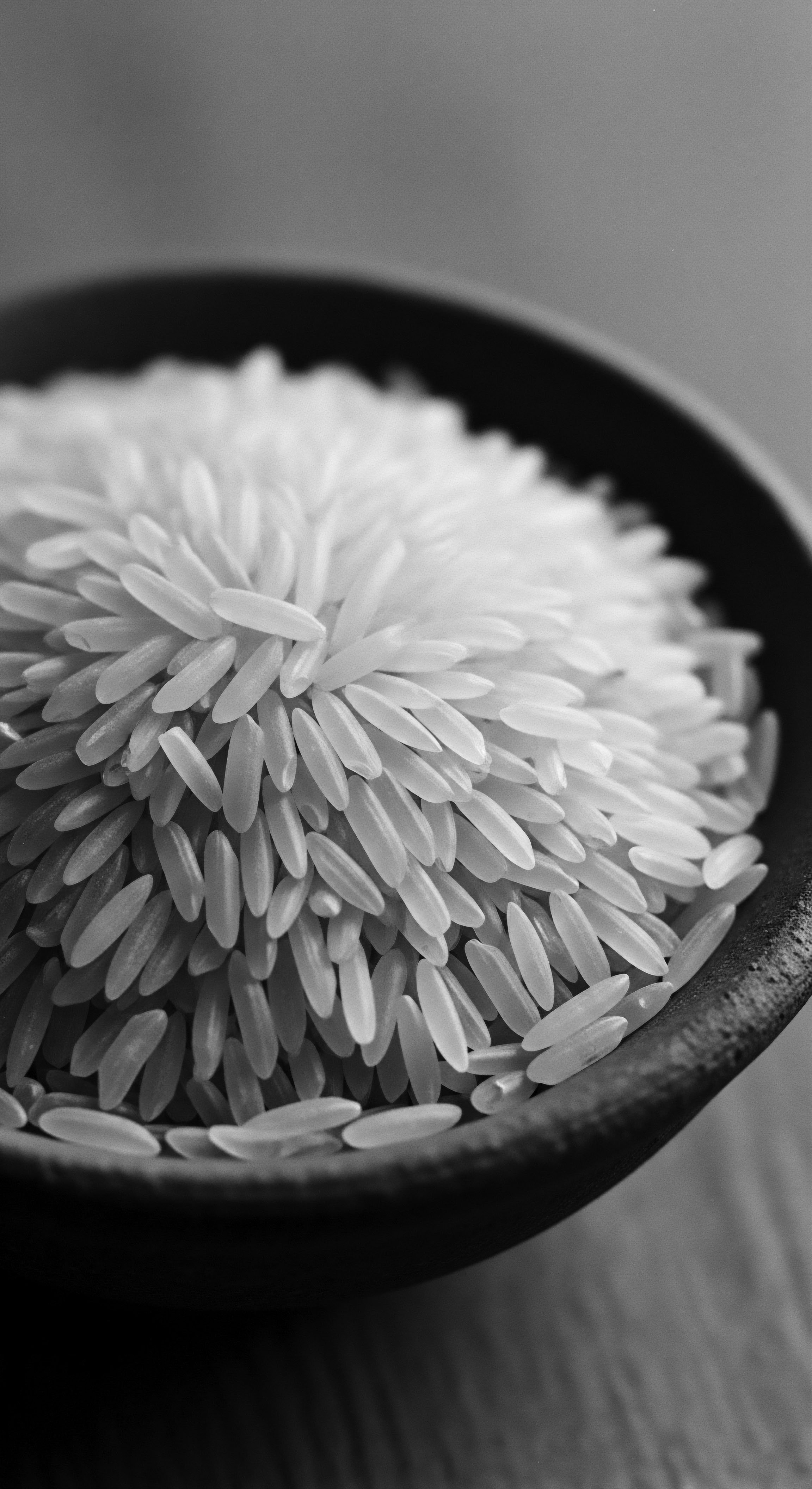
What historical cleansing agents influenced textured hair care beyond Ghassoul?
Ancestral textured hair cleansing utilized natural saponin-rich plants, clays, and rice water, preserving heritage through holistic care.

How did protective hair practices preserve Black heritage?
Protective hair practices anchored Black heritage by safeguarding textured hair's physical integrity and serving as powerful cultural, communication, and identity markers.

Are ancient oils suitable for contemporary textured hair?
Ancient oils offer profound benefits for textured hair, rooted in ancestral wisdom and validated by science.
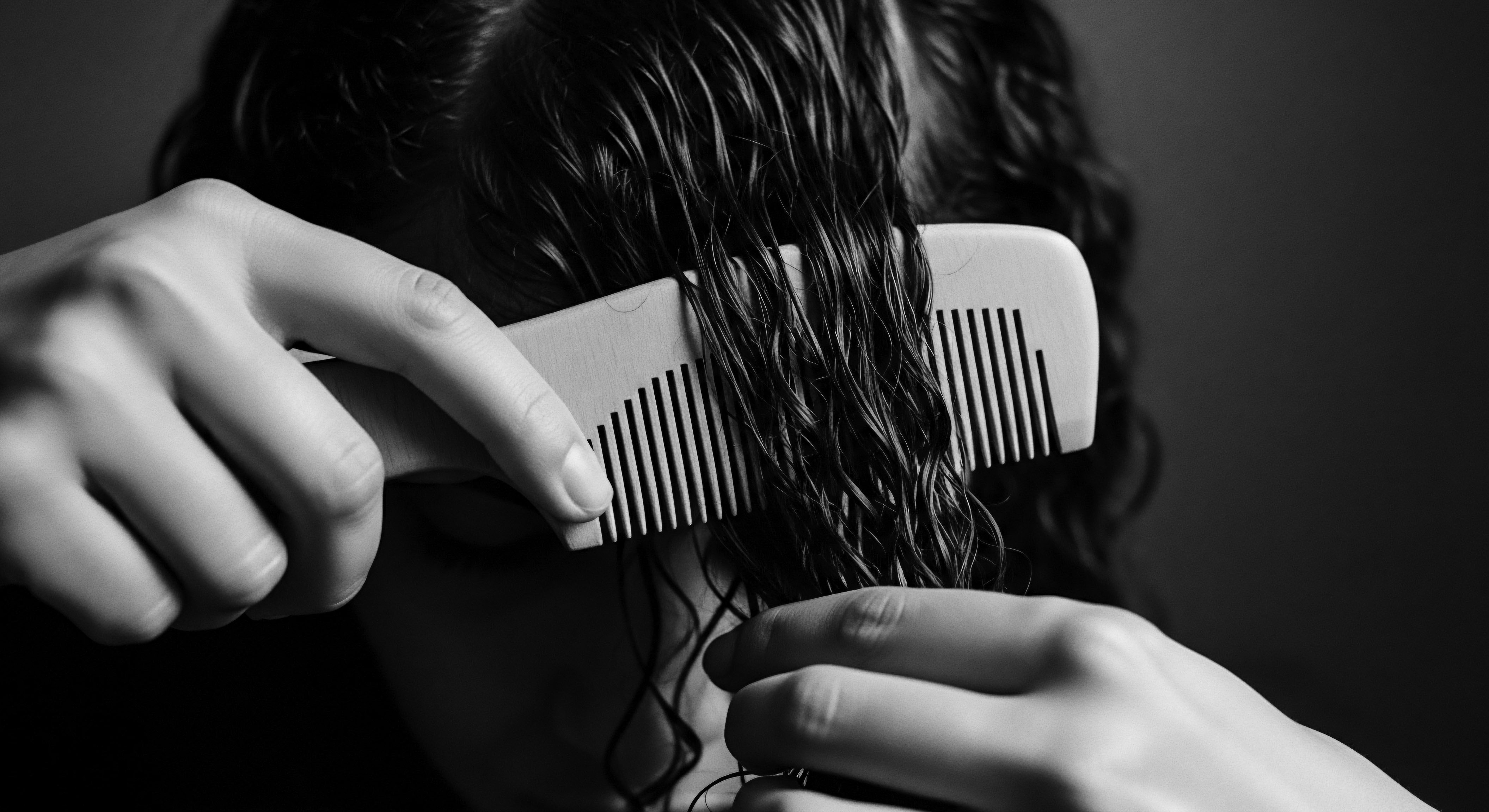
What is the ancestral heritage of protective hair styles?
The ancestral heritage of protective hair styles lies in ancient practices safeguarding textured hair, reflecting cultural identity and resilience.
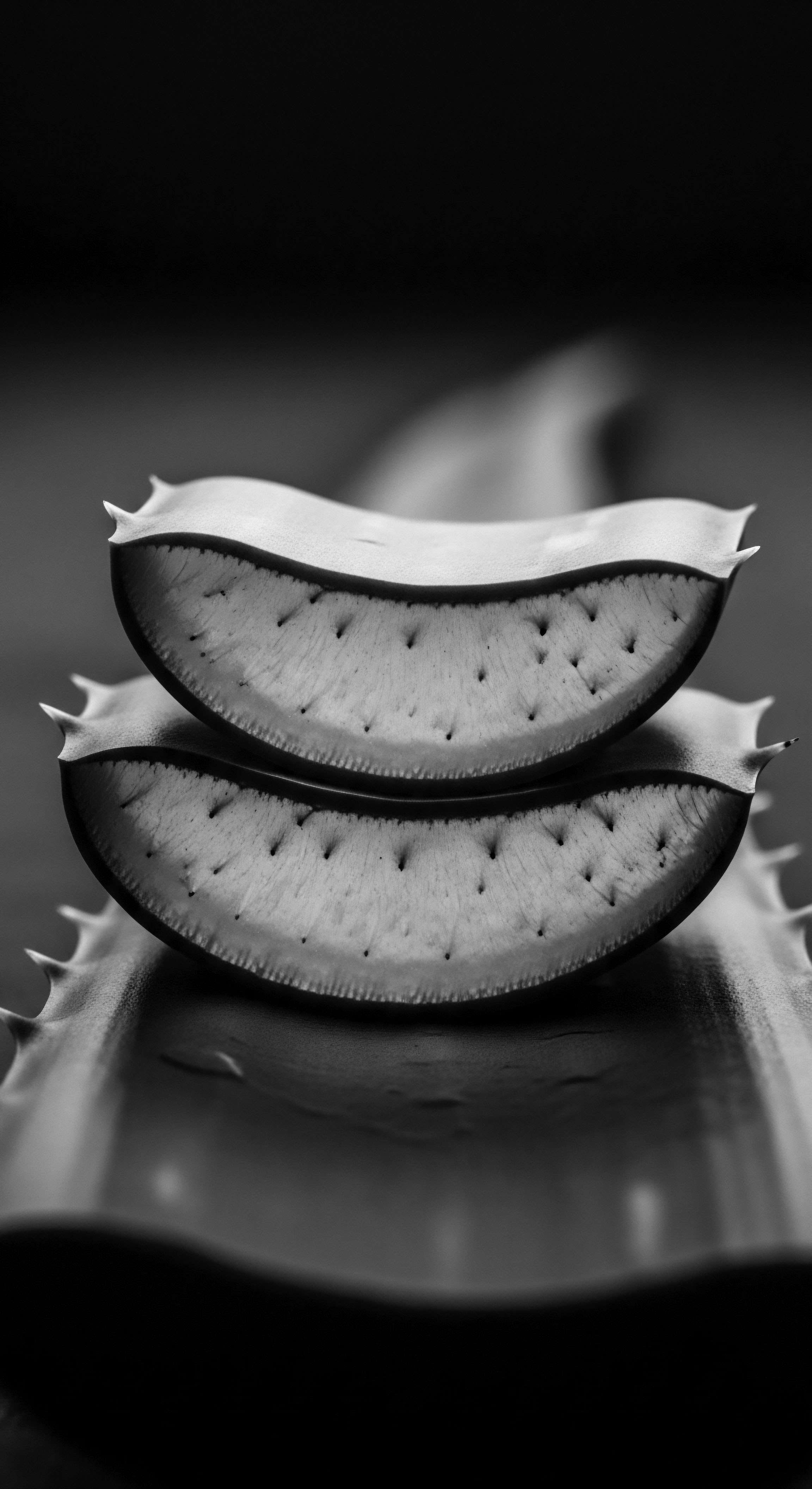
How do historical hair rituals protect textured strands?
Historical hair rituals protected textured strands by utilizing natural ingredients and low-manipulation styles to seal moisture and minimize breakage, reflecting a deep ancestral understanding.
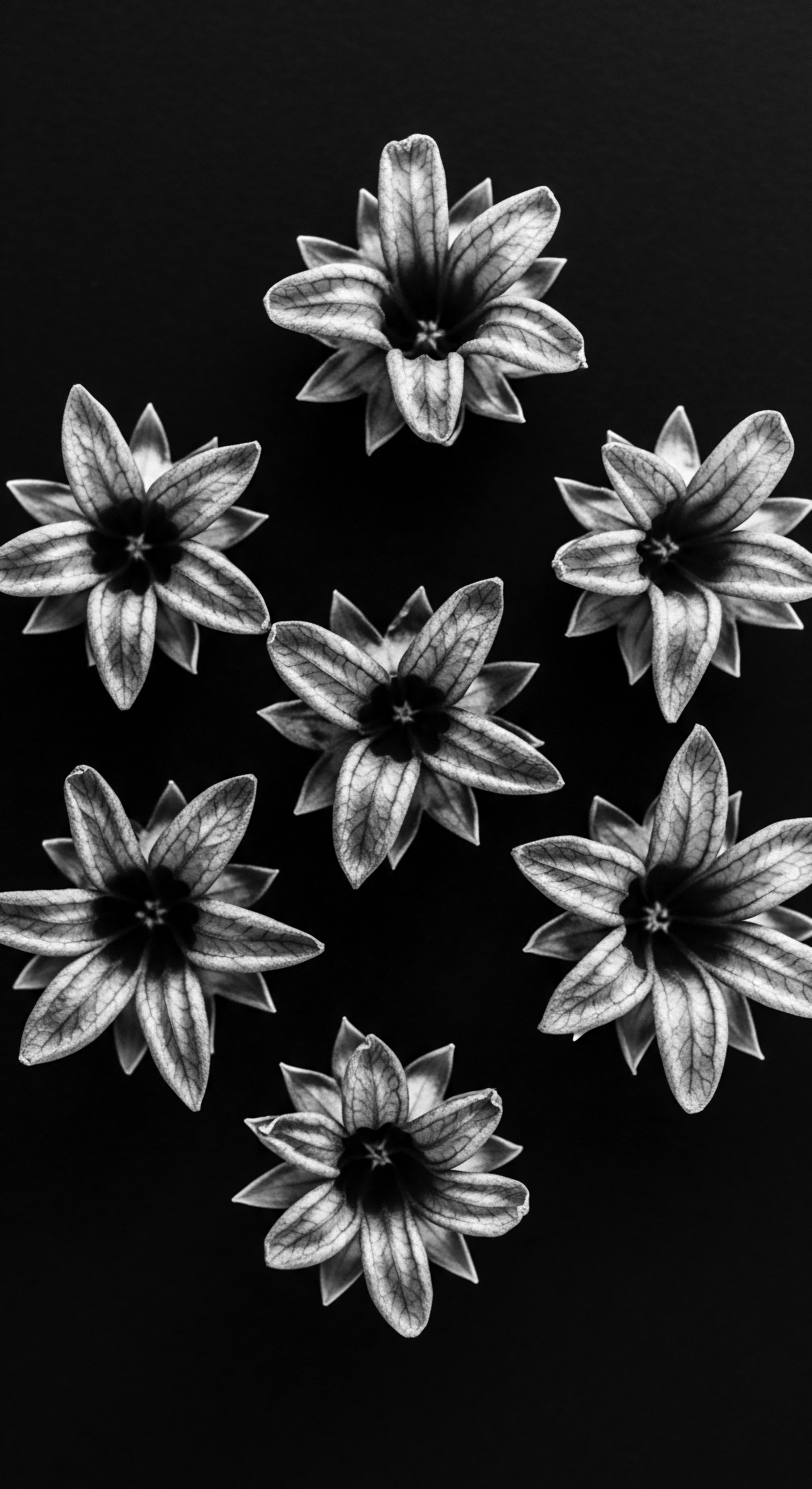
How did historical cultures protect textured hair’s moisture?
Historical cultures protected textured hair's moisture through traditional ingredients and practices, deeply rooted in heritage and community wisdom.

How do historical styling techniques protect textured hair today?
Historical styling methods protect textured hair today by reducing manipulation, retaining moisture, and shielding against environmental harm, mirroring ancestral wisdom.

Can ancient hair care offer modern mineral insights for textured hair?
Ancient hair care practices, particularly with mineral-rich clays and plants, offer profound insights into supporting textured hair's heritage and elemental needs today.

What historical care methods preserved textured hair’s protein?
Historical methods preserved textured hair's protein through natural emollients, gentle cleansing agents, and protective styling, reflecting ancestral wisdom.
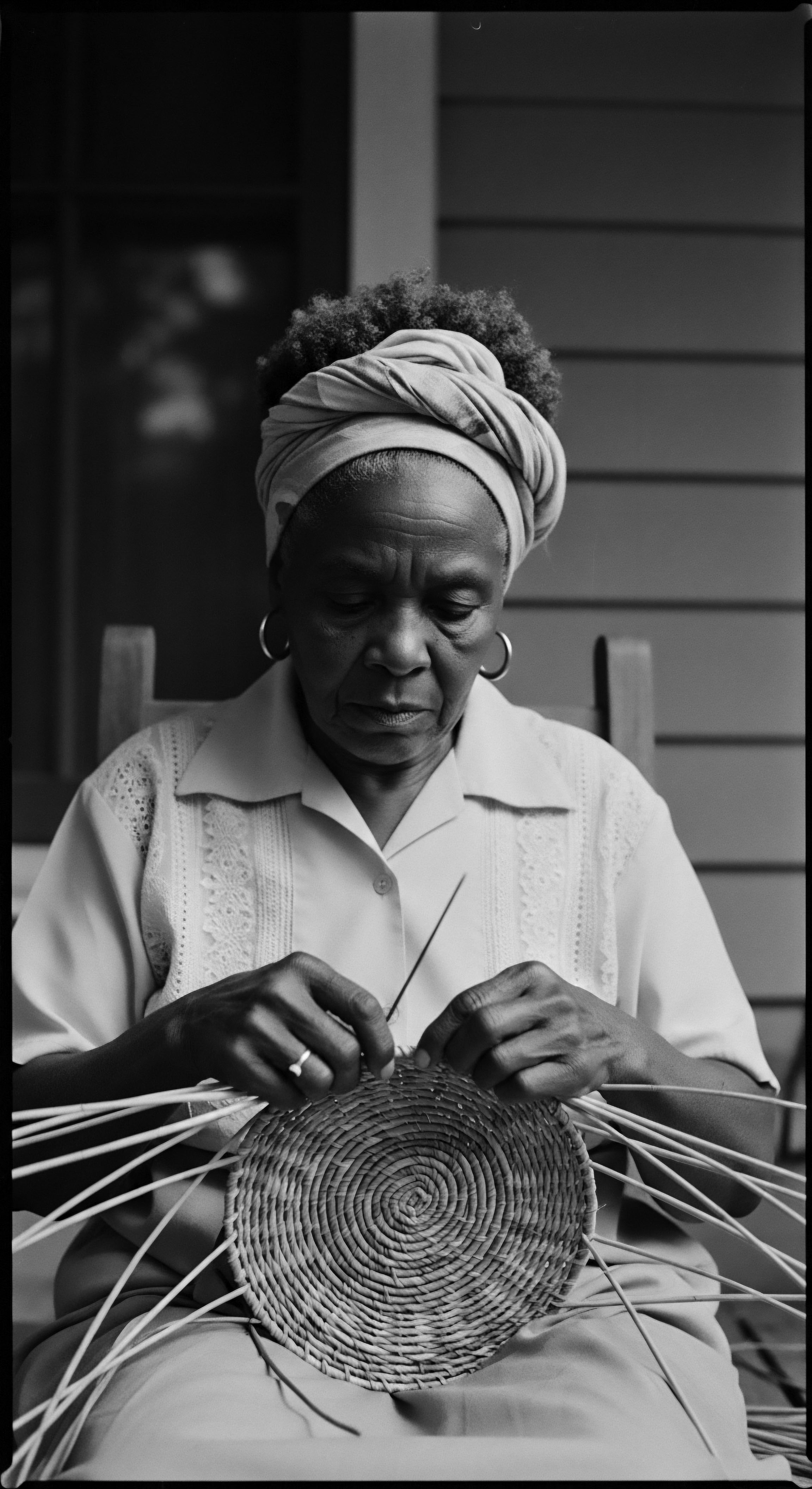
How does textured hair lineage influence product ingredients?
Textured hair lineage profoundly influences product ingredients by prioritizing traditional botanicals and care methods essential for its unique structure and historical resilience.
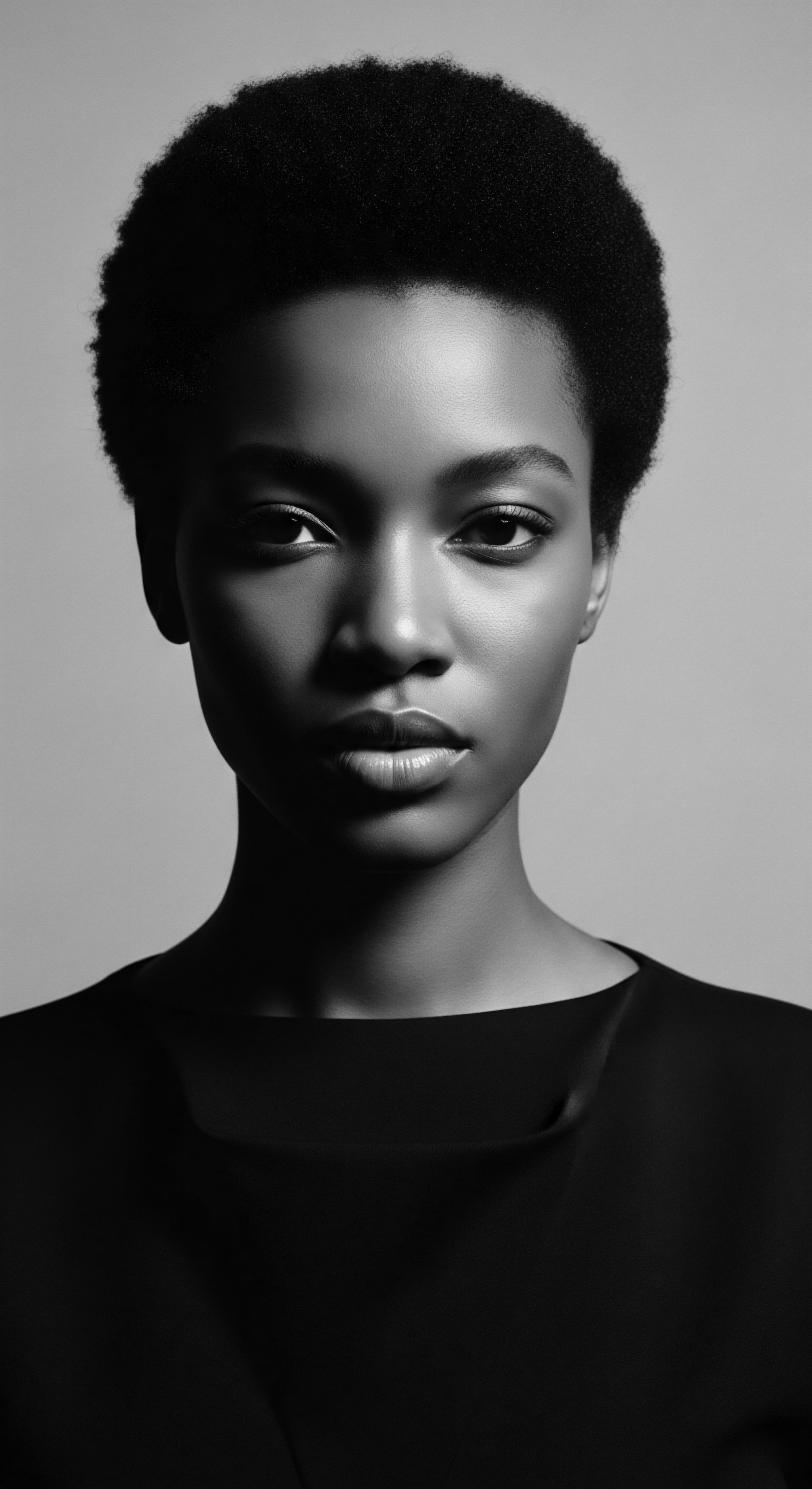
What are the historical nutritional foundations for textured hair vitality in African heritage?
Ancestral African foodways, rich in specific nutrients from diverse indigenous crops, form the historical nutritional bedrock for textured hair vitality.

What plant-based remedies from the past benefit textured hair today?
Plant-based remedies from the past offer deep nourishment and protection for textured hair, preserving ancestral heritage in modern care.
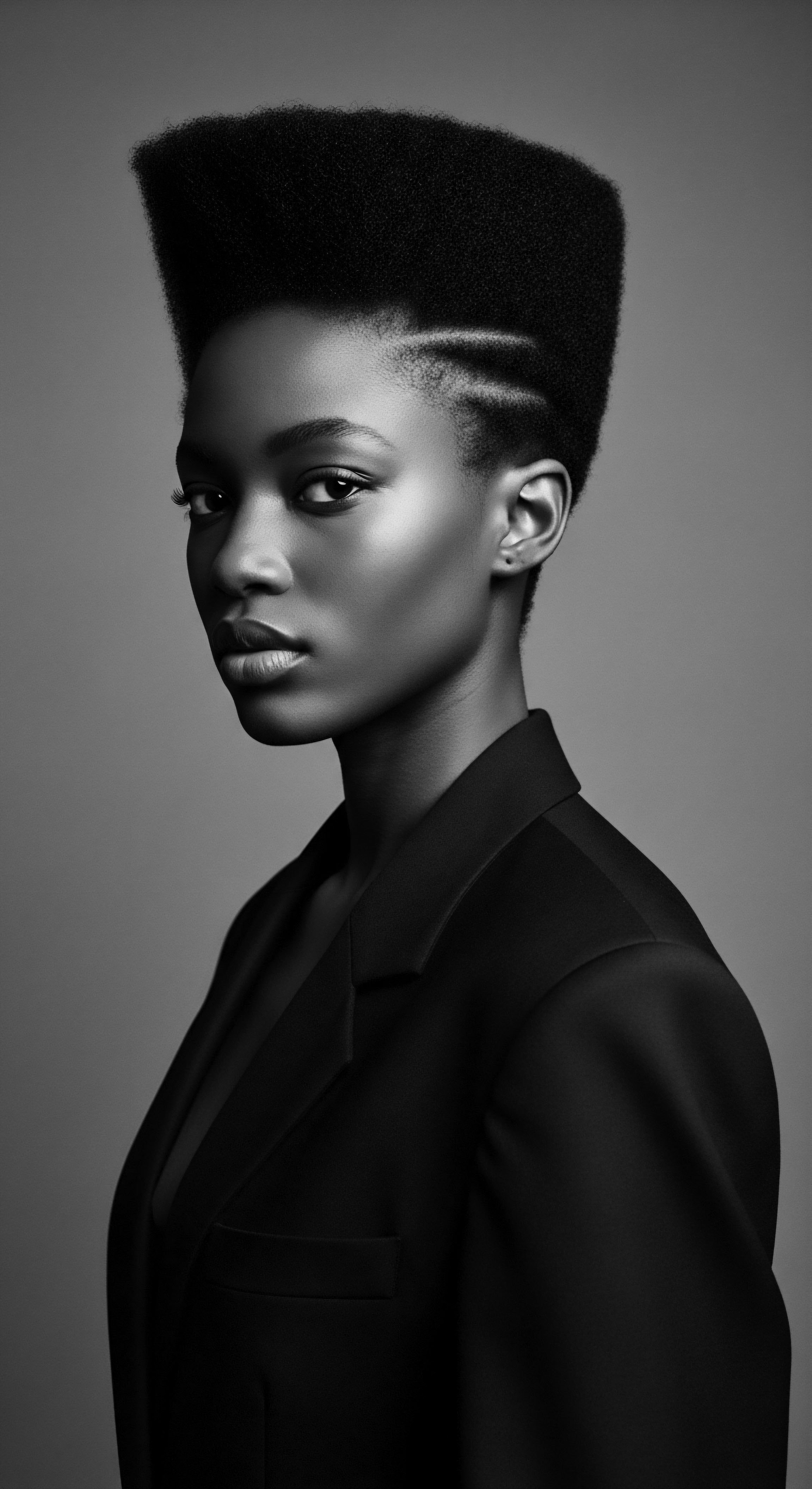
How did ancient materials shape textured hair routines?
Ancient materials like plant oils, clays, and natural fibers profoundly shaped textured hair routines, anchoring them in cultural heritage and ancestral wisdom.

How did historical cultures nourish textured hair?
Historical cultures nourished textured hair through ancestral wisdom, using natural ingredients and communal practices deeply rooted in heritage.
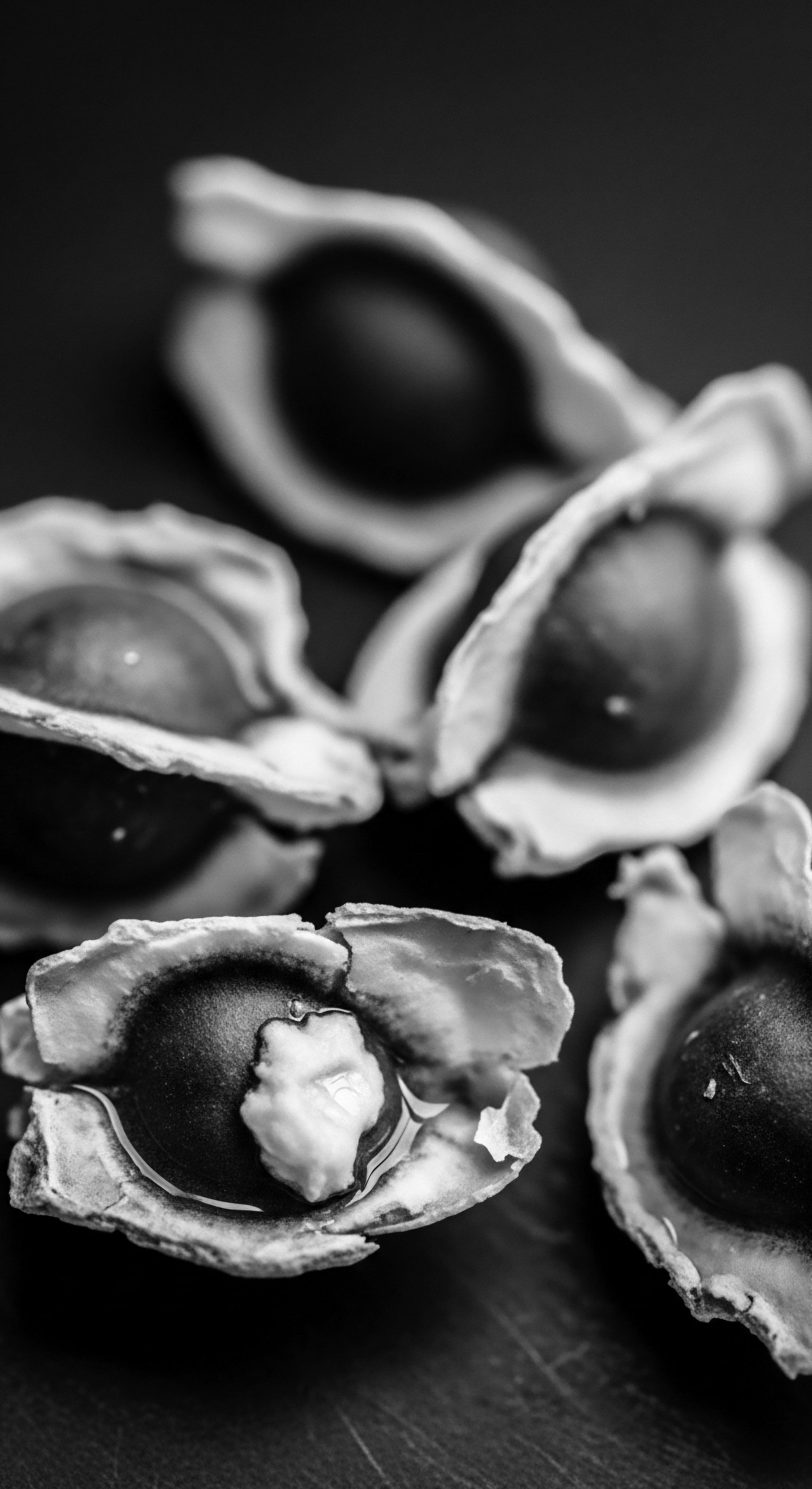
How did mucilage protect historical textured hair?
Mucilage protected historical textured hair by providing lubrication, moisture retention, and a film-forming shield, rooted in ancestral plant wisdom.
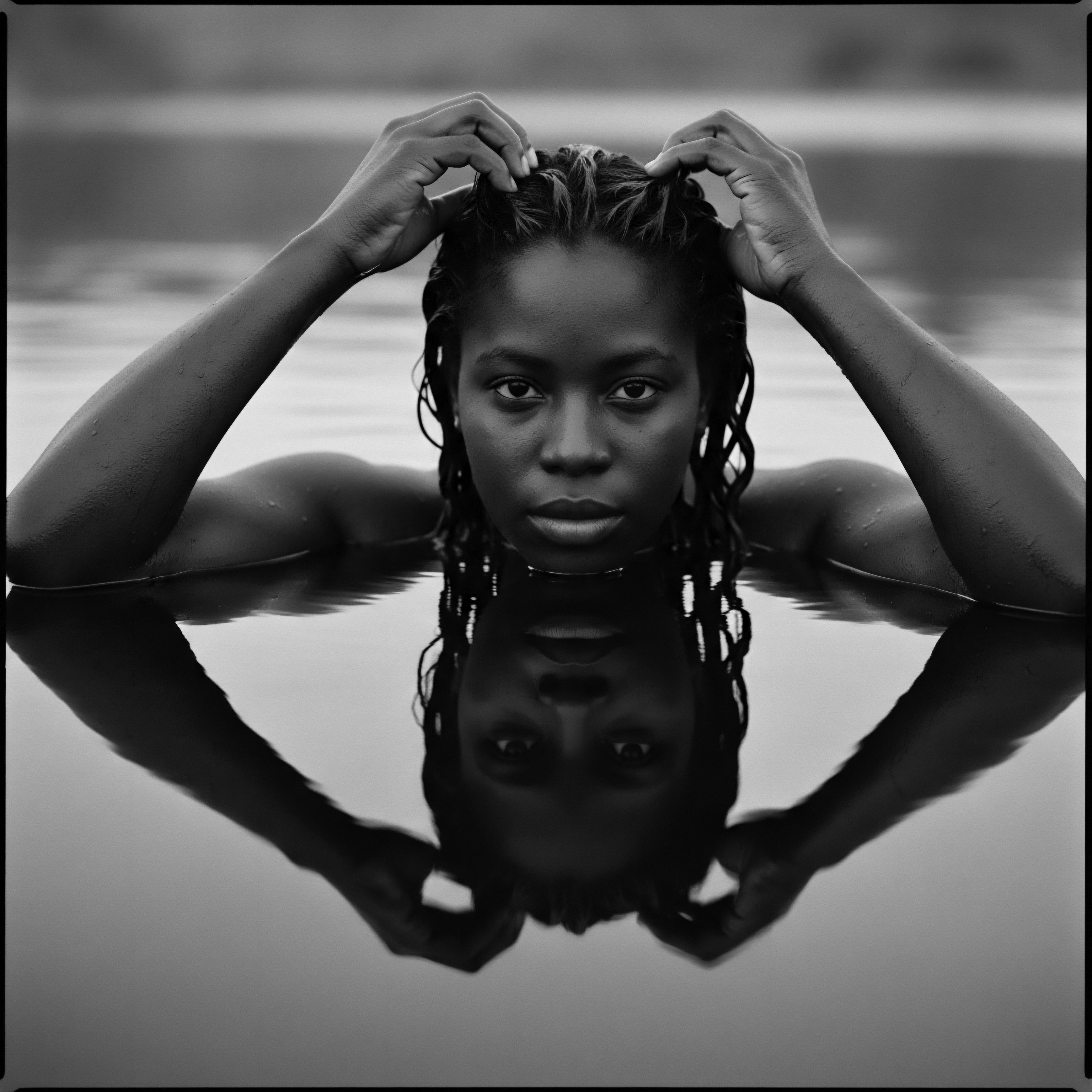
Can cleansing methods of ancestors improve modern textured hair wellness?
Ancestral cleansing methods offer profound benefits for modern textured hair wellness by providing gentle care rooted in heritage.
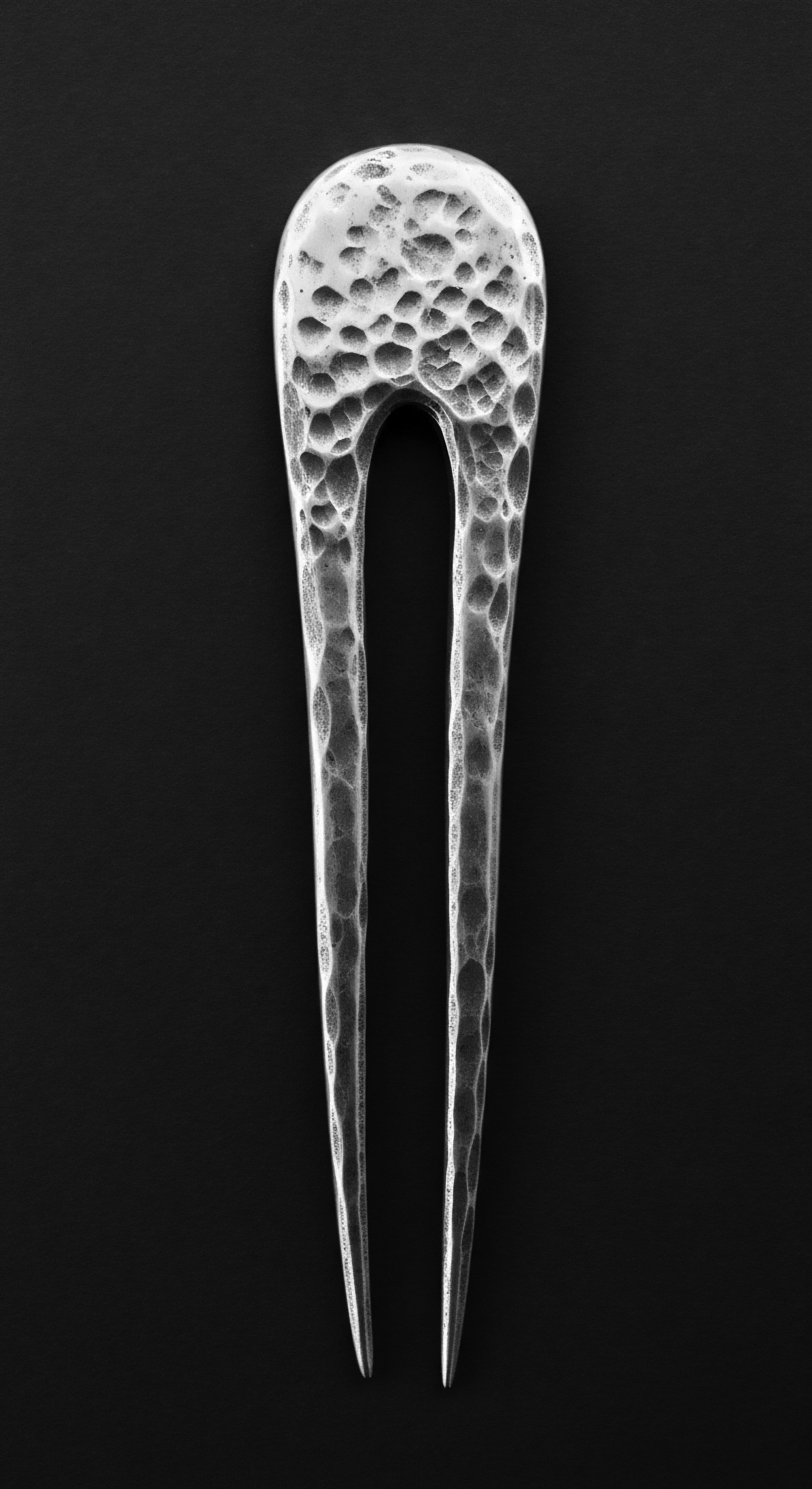
How did ancestral wisdom shape textured hair care routines?
Ancestral wisdom shaped textured hair care by prioritizing natural ingredients, communal rituals, and protective styles rooted in cultural heritage.

What ancestral ingredients benefited textured hair protection?
Ancestral ingredients like shea butter and palm oil, alongside traditional styling, protected textured hair through rich historical wisdom.

In what ways do ancestral practices influence modern textured hair product formulations?
Ancestral practices deeply shape modern textured hair product formulations by providing foundational insights into ingredient efficacy and ritualistic care.

